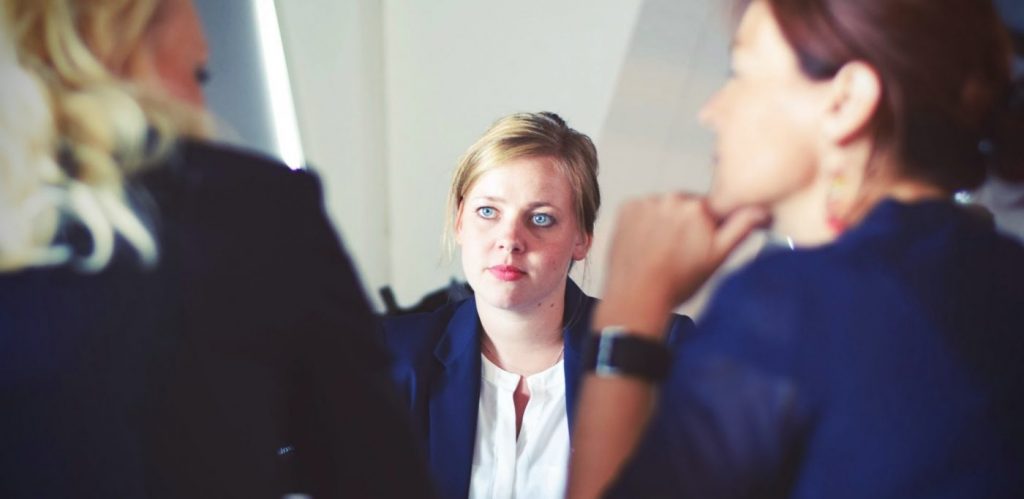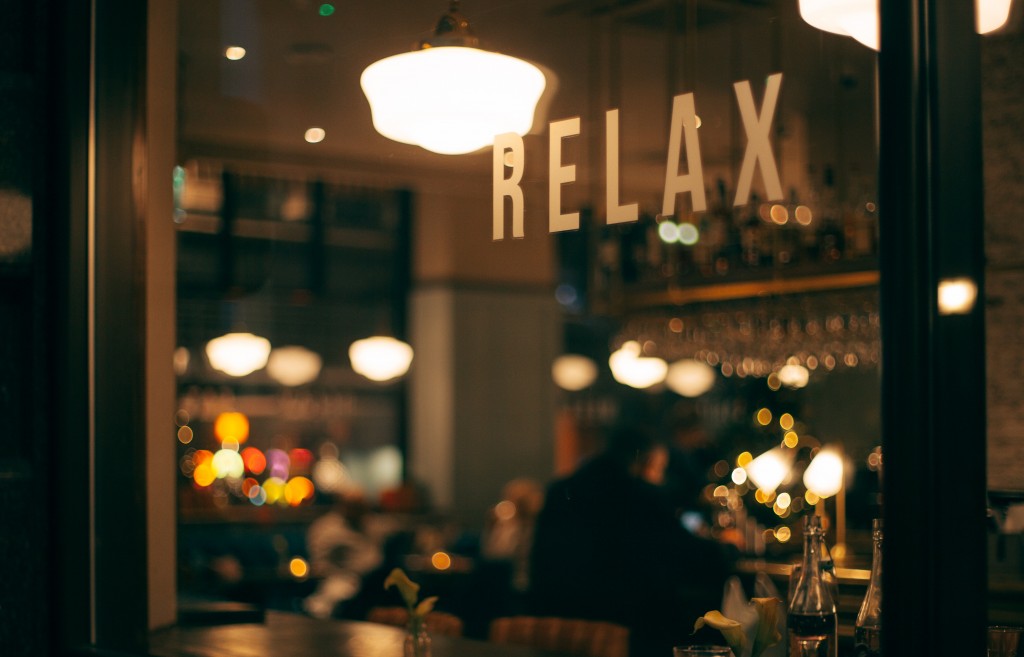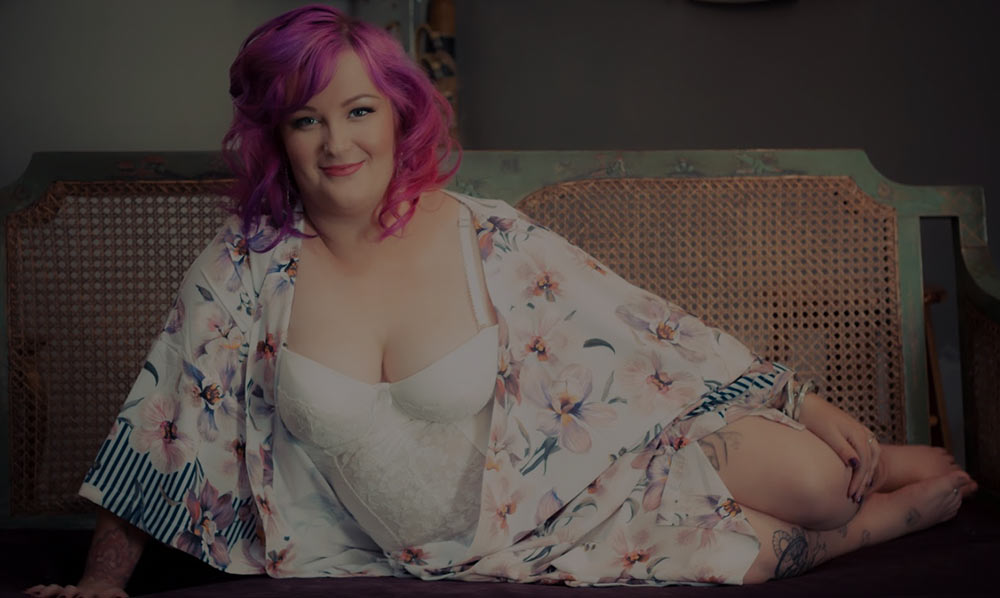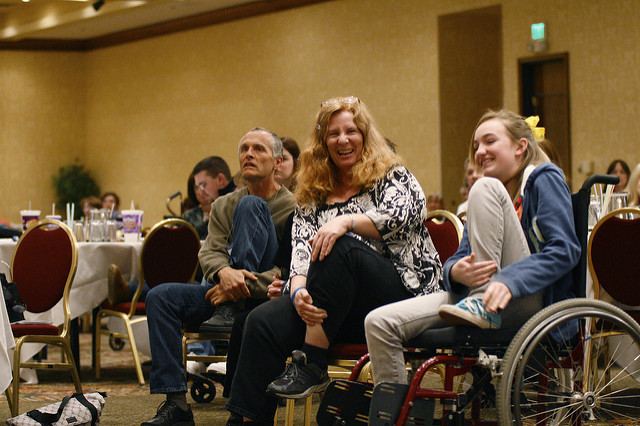I’ve been dating a girl I really like, she’s in a wheelchair and I’ve never experienced disabled dating. When should I jump in to help?

My girlfriend is a wheelchair user and we’re looking to spice things up in the bedroom. Do you have any cheeky gifts you can suggest? Click to read our recommendations…

Christmas is a hard time of year for many of us, we heard from Nic who struggles during the festive season on his own. Click to read our advice…

It’s very easy to promise that the government will get 1 million disabled people into work over the next 10 years. This is just really a re-working of their previous claim about bridging the disability employment gap.
We feel that there are a number of underlying issues with this, mostly are to do with attitudes in the workplace. Many companies claim to be inclusive, but what does that really mean? Being inclusive for one person with a specific impairment does not mean that you’ll be inclusive for someone else. There is not one easy fix, but the key here is to assess what needs to change in your organisation first, before thinking about encouraging more disabled people into your company. There are many ways you can look at inclusion, and we believe that the attitudes of staff is one of the key elements.
We have written a number of ‘How to’ guides on our website which give you some helpful hints and tips on how to be inclusive. In the first instance you should read this:
How to actively recruit disabled people which gives you an insight on how to make your employment process more inclusive. Along with that article this one on creating an accessible advert will also give you some helpful tips.
More of our FREE workplace guides can be found here:
https://enhancetheuk.org/enhance/free-resources/
So whilst we applaud the government for taking steps to acknowledge that more needs to be done to encourage disabled people into work, the first steps should be to make sure organisations are being inclusive. It’s not difficult to change the attitudes of your staff, but this is often overlooked for other more tangible aspects. So why not get in touch with us to find out how we can help your organisation become more inclusive, we offer a range of training that will give your staff the confidence to communicate and interact with disabled people.
https://enhancetheuk.org/enhance/training/disability-awareness-training/

What can you do when you have an invisible disability and struggle to find the world accessible? Read on to find out our top tips…

Becoming a wheelchair user impacts more than just your accessibility. When disabled dating becomes your reality, things become very different. Click to read more…

When talking about disabilities and sex, often sex workers are mentioned. Most people want a meaningful experience – without paying for the act.

I’ve been really hurt in the past and my disability has been a factor. I’m dating now, but I’m so scared it’ll happen again.
One of the questions we are asked the most at Enhance the UK is ‘How do I refer to a disabled person without offending them?’ In today’s society, many of us are terrified of offending or patronising others, and rightly so! But, there’s nothing worse than letting your communication fear get in the way of talking to disabled people so much that you end up not conversing at all! So, here are our top tips for using the correct terminology when communicating with disabled people:
- Ask them first.
It’s unlikely that you will ever need to know about someone’s impairment or condition, unless you are a medical professional, work in a school or are reporting an incident. But if you do need to know the specifics for any reason, don’t guess! Politely and calmly ask the disabled person in question how to best describe their impairment. That way, you’ve put them in control of the situation without assuming or shying away from the issue at hand.
- Idioms are OK
People also get hung up on using everyday sayings around disabled people. Saying ‘see you later’ to a blind person or ‘walk this way’ to a wheelchair user is absolutely fine! In fact, the worst thing you can possibly do is stumble over your words, feel embarrassed and end up not chatting at all!
- It’s all about the intention
We all slip up sometimes and say the wrong thing, and let’s be honest, disabled people are used to non-disabled people feeling a little awkward around them (unfortunately). But, if your motives come from a good place, then that’s half the battle.
For more information, get in touch with us by visiting www.enhancetheuk.org or tweeting us @enhancetheuk

Photo provided by http://mayallbehappy.org
As a disabled person who is not particularly athletic, the phrase ‘disability sport’ often fills me with a little dread. I am never going to be as incredibly sporty and successful as Hannah Cockroft, the gold-winning wheelchair racer, or swimming’s sweetheart Ellie Simmonds. I used to play wheelchair basketball, and absolutely adored the social side of the sport as well as the opportunity to improve my health and fitness, and realise my truly competitive side! But, there came a time where training did not fit into my working schedule, especially with my travelling commitments as a writer for Lonely Planet. So, I gave it up, watched local tournaments and huge events like the Paralympics completely in awe, but from afar, and decided that maybe disability sport just was not for me…
…How wrong that perception of mine turned out to be! There are so many ways those with disabilities can continue to be conscious of their health, work on self-improvement and have fun along the way without quite the same time and effort it takes to be part of a winning, competitive sporting side. Here are just a few of those ways:
Wheelchair Yoga
Like with most exercise, the benefits of wheelchair yoga really are surprising. As you probably expected, your flexibility is likely to improve and you may well become stronger pretty quickly, but also expect benefits of a better sleep, less stress and anxiety in your everyday life, and a clearer mental connection with what is going on around you. Who wouldn’t want any of these things in our fast and busy lives?
Top Three Wheelchair Yoga Poses
These excellent wheelchair yoga poses will hopefully have you feeling connected and strengthened in no time, each one working a different part of your body. Thanks to www.mayallbehappy.org for their wisdom.
Cat Pose
- Grip your chair or place your hands on your thighs
- Exhale as you round your upper body forward, dropping your chin toward your chest, arching your spine like a cat
- Hold in this position for a few deep breathsCow Pose (front of body-opener)
Eagle Pose
- Inhale and lift your arms
- Exhale and cross your arms at the elbows so your hands are back-to-back
- Hold in this position as you continue to breathe for 20-30 seconds
Hip Stretch
- Inhale, lift one leg and cross it over the other
- If you want a deeper stretch and you have good trunk stability, exhale and lean forward from your hips
- Continue to breathe as you hold the stretch for 3-5 breaths
- Gently release your leg and move to stretch the other side
Wheelchair Dancing
For some reason, the thought of dancing in my wheelchair is also something that has made me feel pretty nervous and un-coordinated in the past! But most of us like to get our groove on, right?!
Wheelchair Dancing (especially ballroom dancing) may be right up your street if you have a partner who is either non-disabled or also a wheelchair user. For those of us with disabilities, it can often prove pretty tricky to get active with our partners and find something that we can both do, are good at and will enjoy. Wheelchair dancing can be taken at the couple’s one pace, and there is equal elegance from both sides! It is an opportunity to get physically close, whilst having a giggle and meeting other people in the same, or similar, situations. A good middle ground between an individual and a group sport, and a chilled or exhausting activity, wheelchair dancing might just be the sport for you.
Follow us on Instagram @UndressingDisability and twitter @ETUKUndressing. Or buy our Undressing Disability ebook for £5.99
